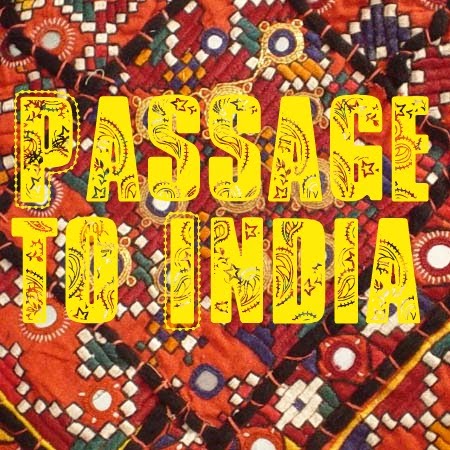
Ghorka was a sigh of relief after even the few days we spent in Kathmandu. A small town where we were the only white visitors, we walked the streets followed by a small gaggle of children. They would touch their hands together and say “Namaste”, wait for our pathetic and hilarious return of the same, then giggle together and follow us further to try the game again.
In Ghorka I also saw my first beheading -- of a chicken, that is.

About three quarters of the way up, we started to see dots of red on the ground. As we followed the string of crimson, we suddenly came upon two men carrying a plastic bag dripping blood. The furry shape pressing against the plastic from within was clearly a goat. We offered our “Namaste” and continued onward.
As we entered the palace, we were welcomed by a man playing a beautiful instrument and singing. We passed through an archway, and found a block of wood with feathers around it.
“I predict this is a place where chickens die.” I said, and was immediately proven correct. A man
The grotesque is simultaneously disturbing and intriguing, and I felt in that moment that I could understand the seeming oxymoron of the word. Despite the blood, I found the chicken’s death quite beautiful. In the West we often take certain deaths for granted: animals are raised to die, plants are grown to be consumed. Yet here was a man ceremoniously recognizing the power dynamic involved in killing, dually using the chicken’s death as a religious action and a source of food.
Maybe if more Americans had this relationship with their food we would be a healthier place.
















